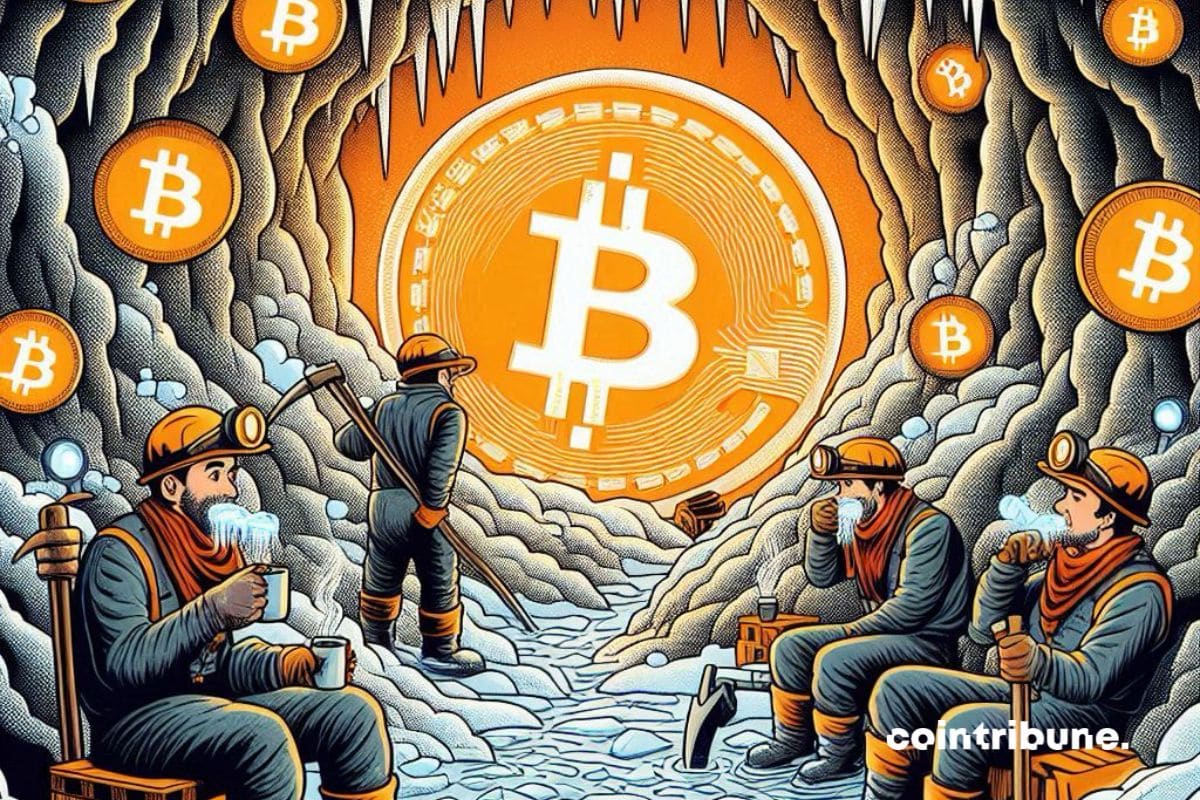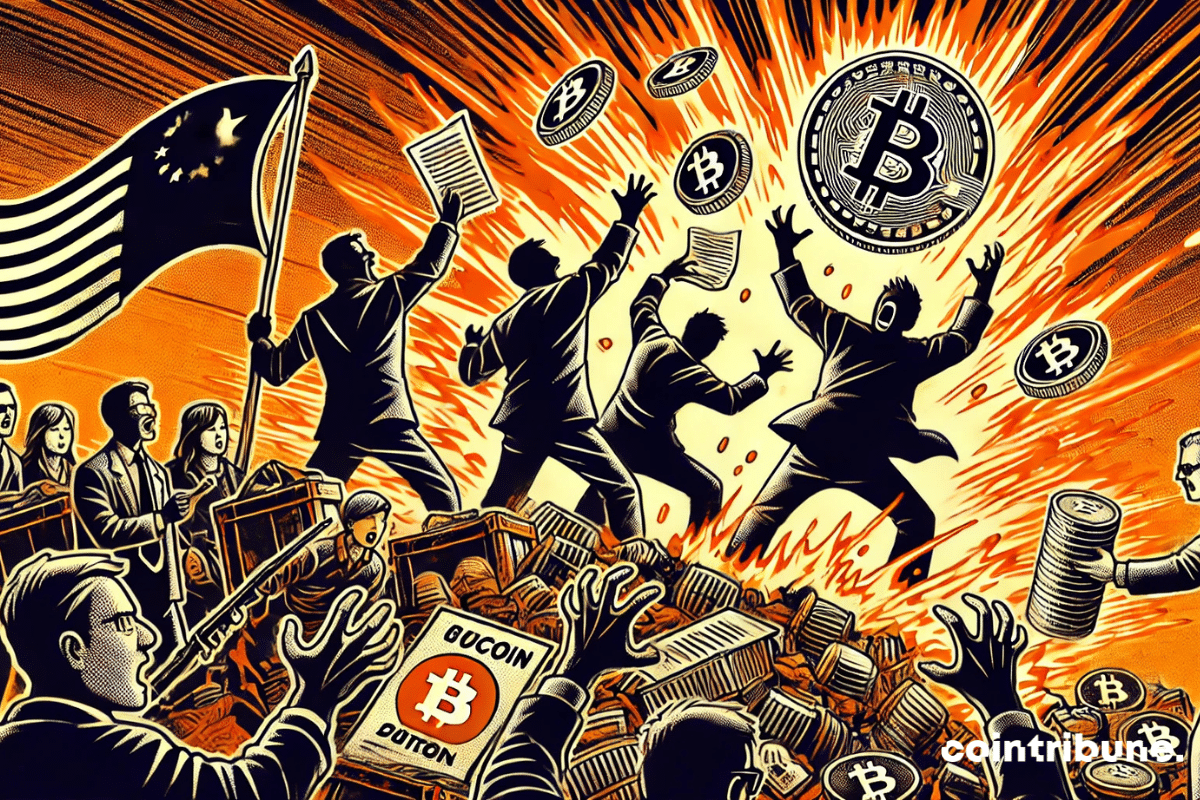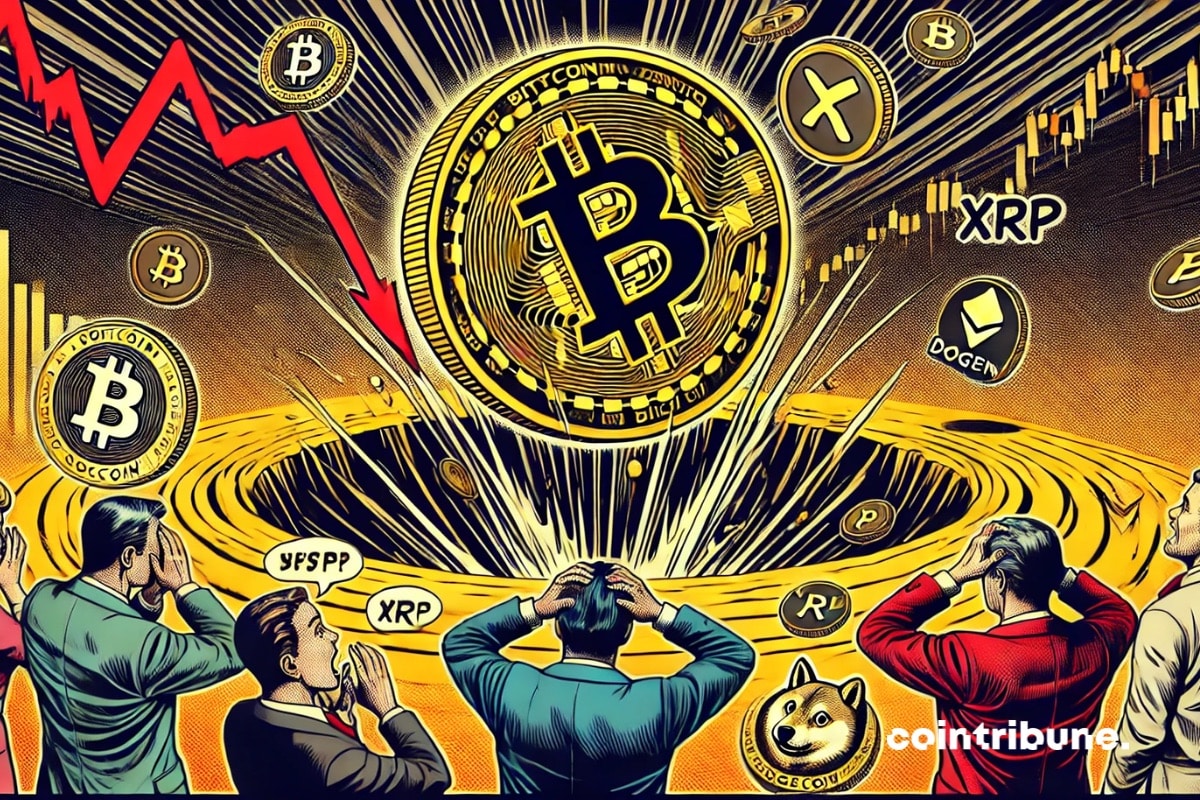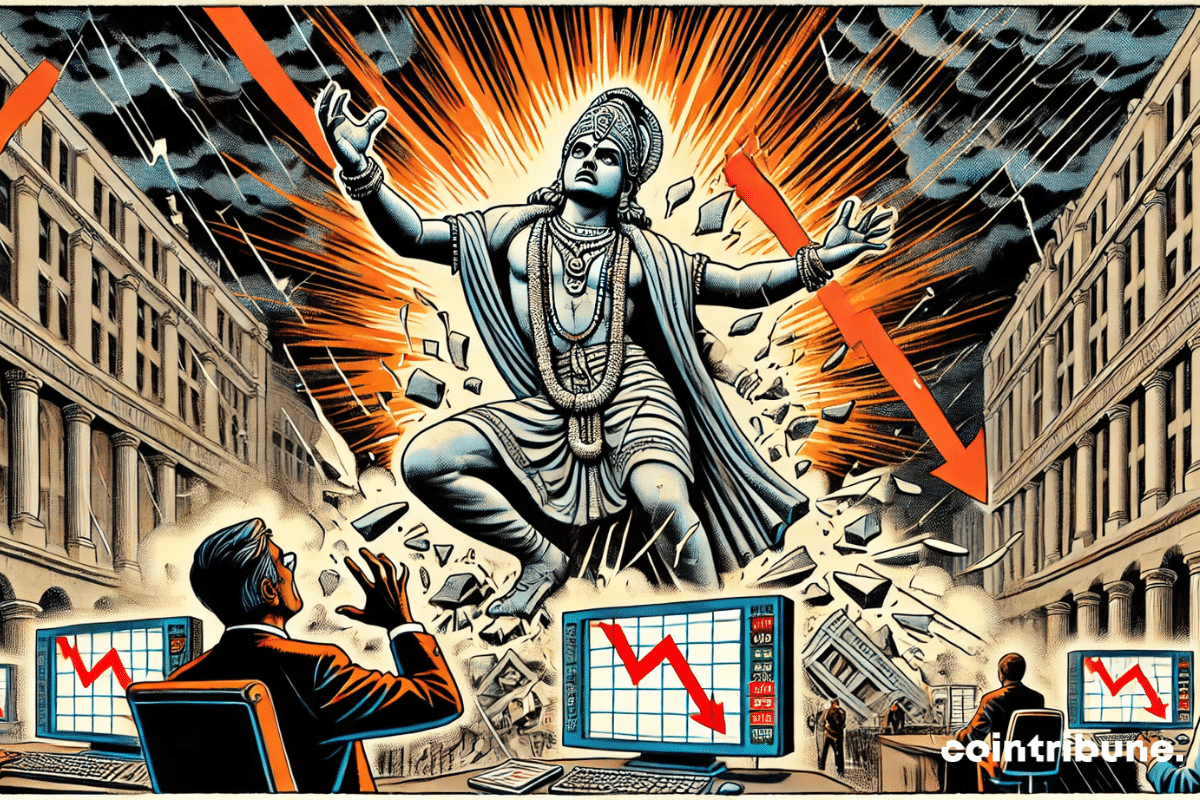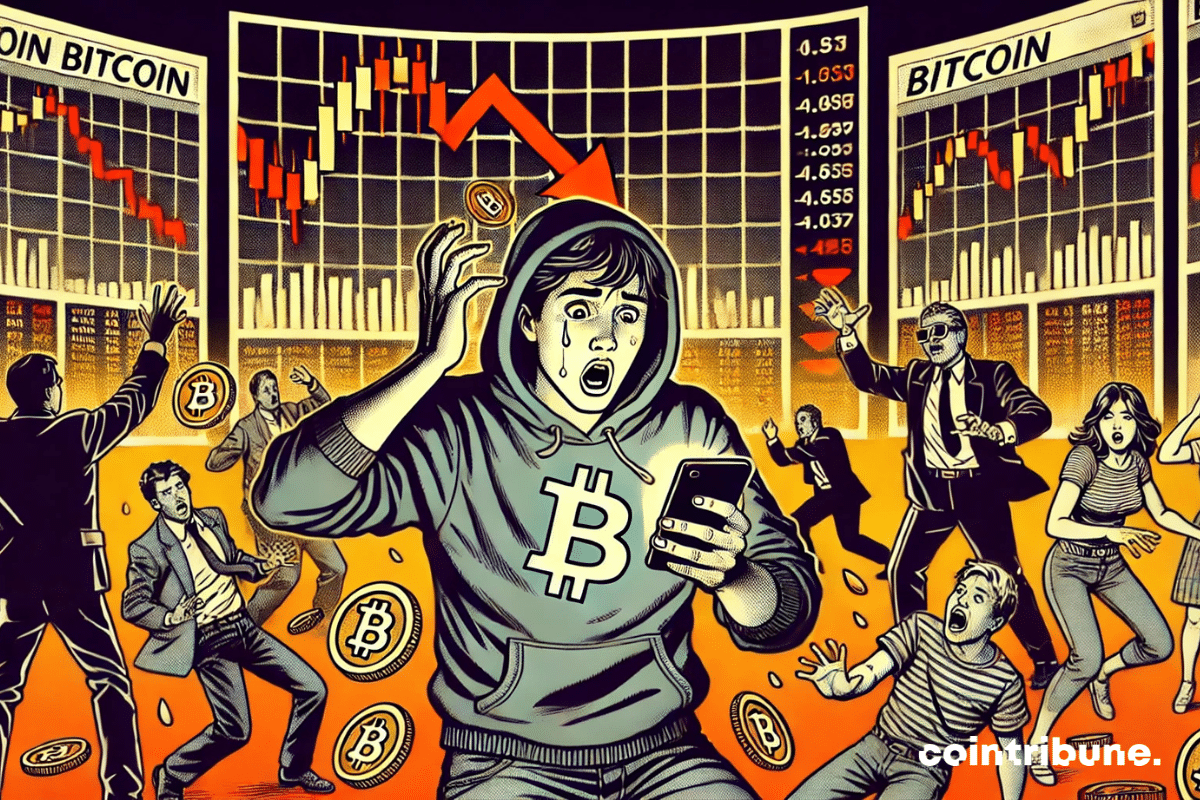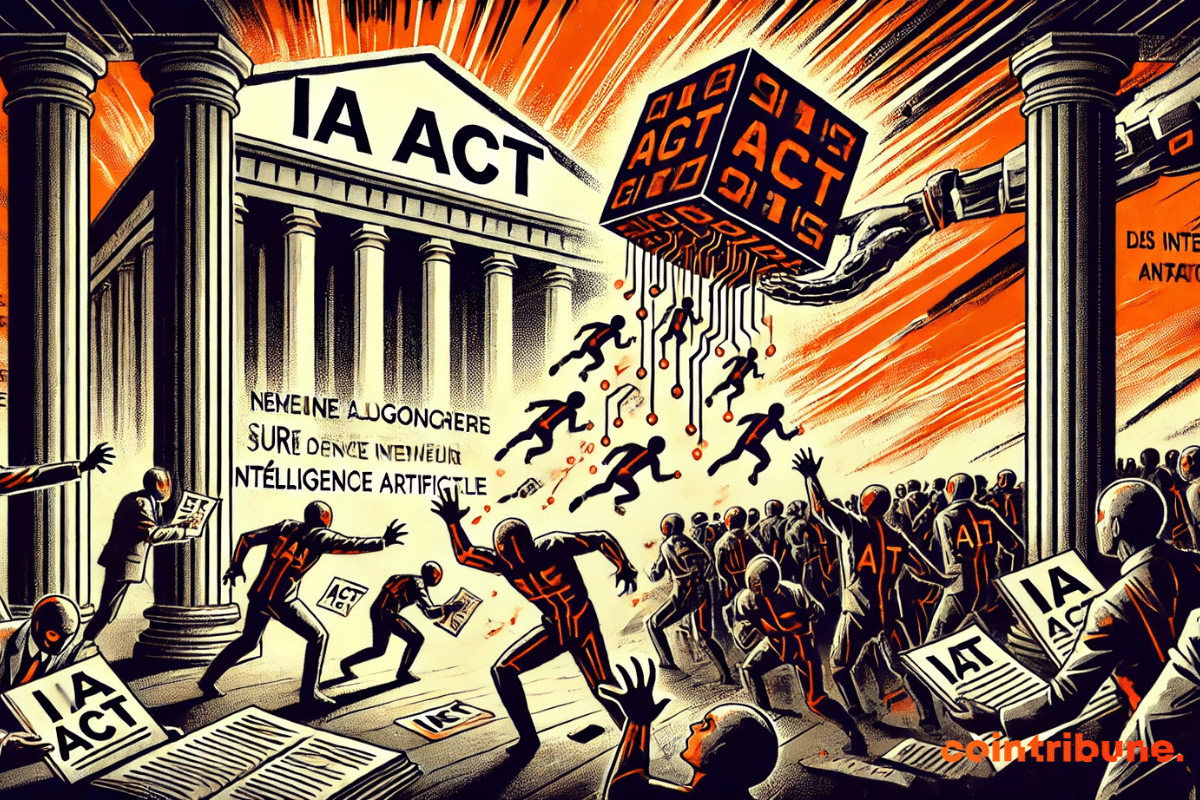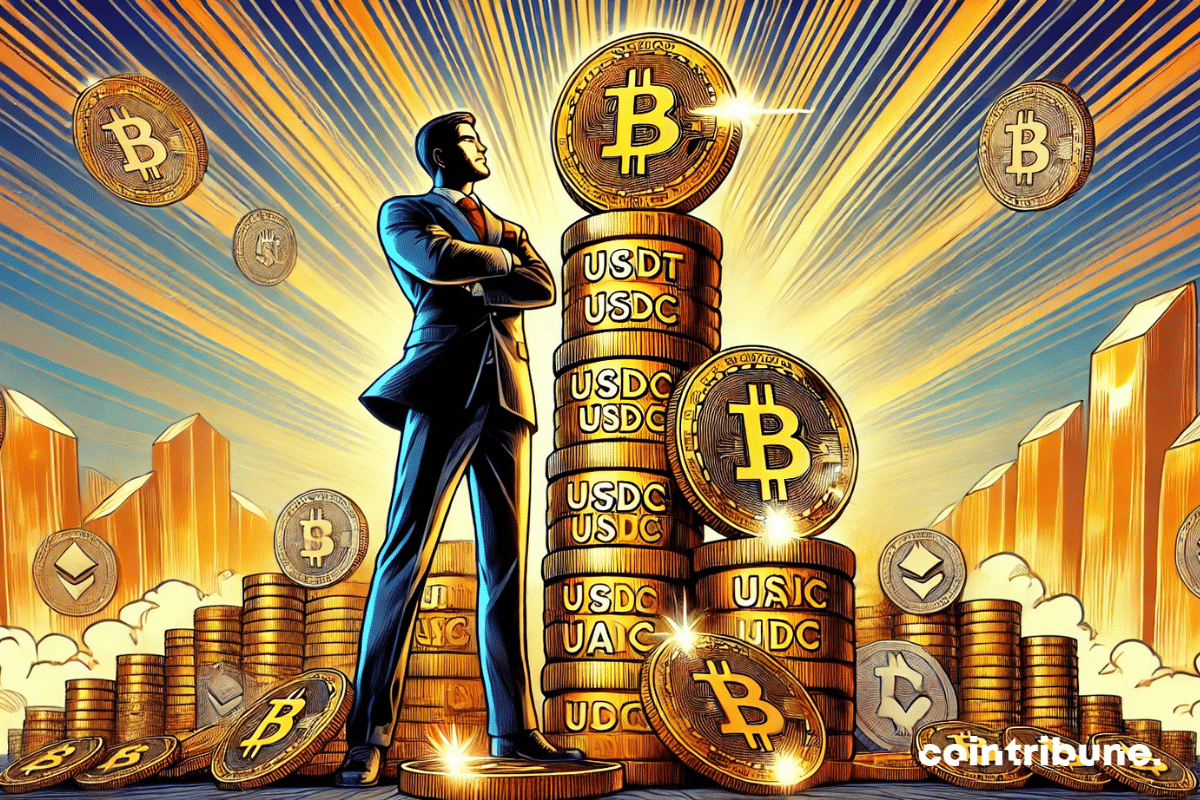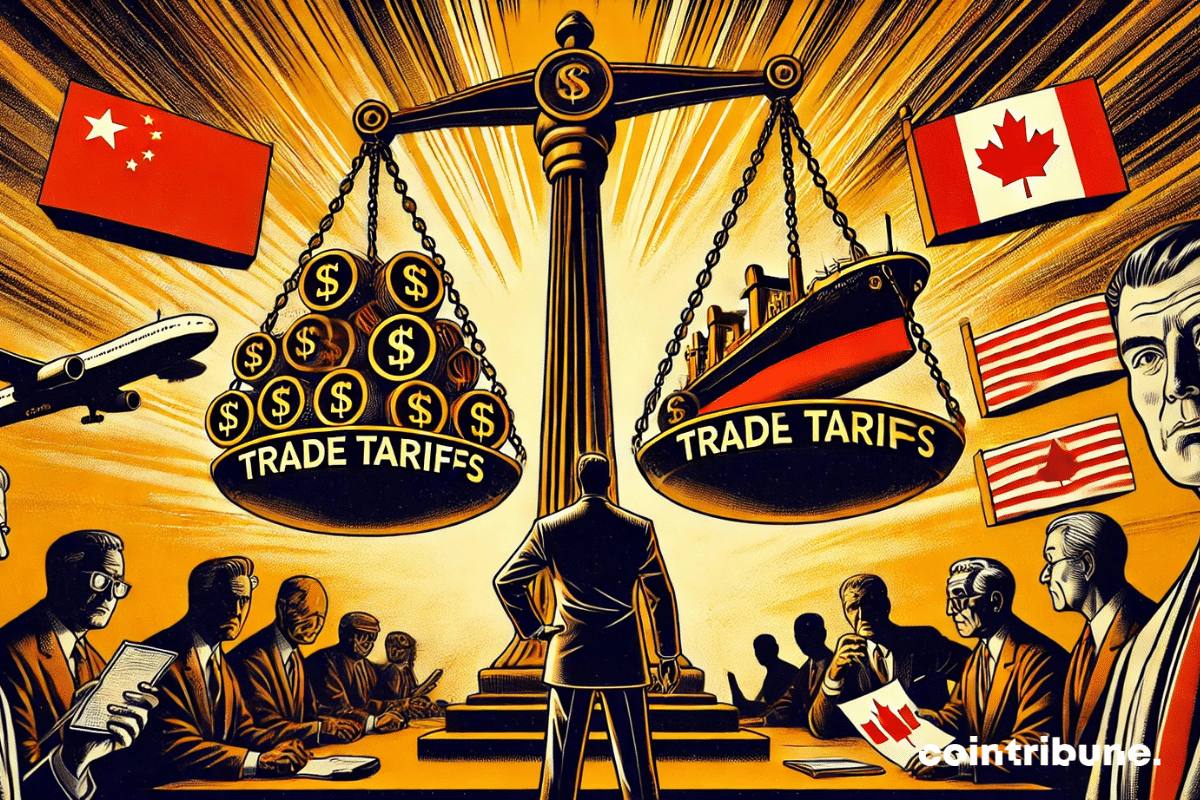Uniswap, the leader of decentralized exchanges, is launching its version 4 on twelve major blockchains. This strategic evolution strengthens its position in an increasingly competitive DeFi market.
Archive February 2025
The intense cold wave in the United States has caused the first negative adjustment in Bitcoin mining difficulty since September 2024, according to mining company Luxor. In January, a powerful explosion in the Arctic dropped temperatures in the USA, increasing the demand for electricity and driving up energy prices. This situation forced many BTC miners to slow down their operations, resulting in a decrease in mining difficulty.
Bitcoin has experienced a significant drop, falling below the symbolic mark of 100,000 dollars for the first time since January 27. This decline comes amid heightened trade tensions, following Donald Trump's announcement of new tariffs targeting China, Canada, and Mexico, prompting immediate reactions from these countries.
Court decisions regarding cryptocurrencies play a key role in the evolution of sector regulation. Indeed, when it comes to stolen funds, the issue becomes even more sensitive, as it pits the principle of confiscation against that of restitution to the victims. The case of the Bitfinex hack in 2016, one of the largest Bitcoin thefts in history, crystallizes these tensions. After the seizure of 94,643 BTC by US authorities, the courts are questioning the appropriateness of returning them to Bitfinex. Such a decision could create a major legal precedent, which would influence the future management of cryptocurrencies seized by the courts.
The crypto market is currently undergoing a decline, significantly impacting major assets such as Bitcoin, XRP, and Dogecoin. This downward trend has raised concerns among investors and traders, who are now adopting a more cautious approach in light of the increased market volatility. Here are the reasons behind this drop!
After a decade of exceptional growth, India's economy is showing signs of slowing down. Government forecasts predict a growth rate between 6.3% and 6.8% for 2025, a significant decline from the 8.2% of 2023-2024.
Financial markets sometimes hold paradoxes. While Bitcoin is experiencing a new surge, surpassing the symbolic threshold of 100,000 dollars, one surprising element stands out: the absence of individual investors. After the Federal Open Market Committee (FOMC) meeting, the Bitcoin futures market witnessed a rapid rise, with an increase of 1.2 billion dollars in just 24 hours. However, instead of widespread enthusiasm, the data reveals a significant retreat of small investors, whose activity has dropped by 50% since November 2024. This phenomenon highlights a profound transformation in the market, where financial institutions are taking over from individuals. Should we see this as a mere cyclical adjustment or a lasting change in the evolution of Bitcoin?
The EU, always quick to unleash paperwork before innovation, will implement its AI Act this Sunday: spectacular bans, imposed transparency, massive sanctions... AI had better watch out.
The stablecoin market has just crossed a historic milestone, reaching a market capitalization of over $200 billion. This rapid progression reflects a growing interest from investors in these dollar-backed assets, often perceived as a more stable alternative amidst the volatility of cryptocurrencies. While Tether (USDT) still dominates the market with $139.4 billion, the current dynamics indicate a rise of USDC, whose capitalization has more than doubled in three months. This shift in balance raises strategic questions: are we witnessing a mere redistribution of capital or a precursor signal of a major turning point for the crypto market?
The United States is reviving trade tensions with its major economic partners. Donald Trump has just announced massive new tariffs on imports from Canada, Mexico, and China, and is reigniting an aggressive protectionist policy. Presented as a response to the fight against fentanyl trafficking and illegal immigration, this decision primarily fits into a broader strategy aimed at renegotiating North American trade agreements and protecting the American industry from Chinese competition. This escalation has immediately provoked a virulent reaction from the targeted countries, which are already preparing retaliatory measures, foreshadowing a new economic showdown with uncertain consequences.

